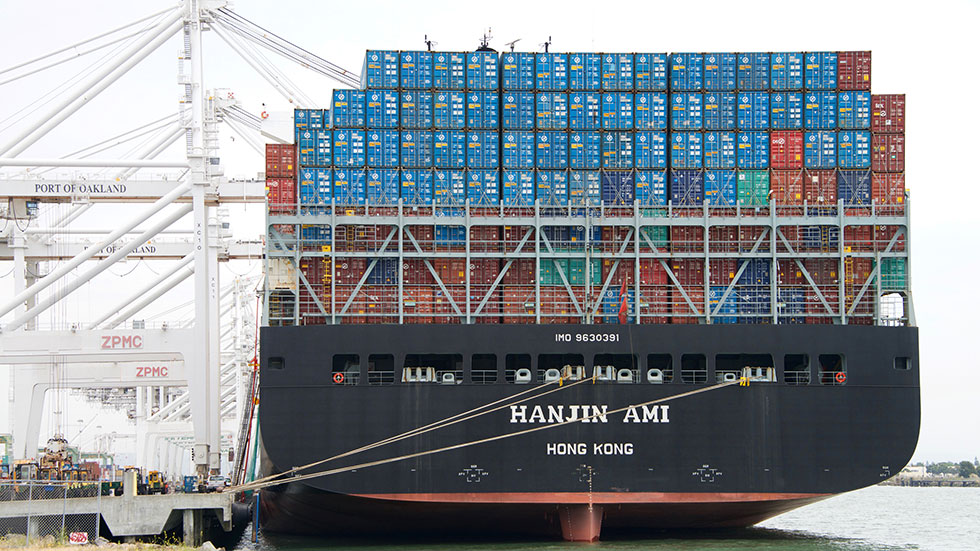International Banking Wire Fees When Paying For Cars or Services
When sending wire transfers you would expect the dollar amount you send to be delivered to the intended party. Unfortunately that is not always the case. Despite being charged the standard wire fee for the transfer by your bank, there are times when that fee is not enough. And here's why.
There are tens of thousands of banks around the world. Some are larger than others, with some operating internationally or locally. If you have an account with a local bank in your country and you want to send an international wire transfer, your bank won't be able to send it directly to the overseas account. They will use an intermediary, which is usually a major bank such as HSBC or JP Morgan Chase Bank, to deliver the wire overseas.
In doing so, your local bank not only charges you the standard wire transfer fee, but also the additional fee they pay to the intermediary bank to deliver the transfer overseas. This is not known by many international car buyers, leaving many US dealers and service providers short on payment. It is why some invoices include a note asking you to include all additional fees in your payment.
Sending payments overseas with minimal fees can be achieved by considering the following methods and strategies:
-
Bank Transfers: Using a bank transfer is a common way to send money internationally. To minimize fees, compare the fees charged by different banks and select the one with lower rates. Additionally, consider using online platforms that specialize in international transfers, as they may offer more competitive rates and lower fees compared to traditional banks.
-
TransferWise (now known as Wise): TransferWise is an online platform specifically designed for international money transfers. It often offers lower fees and better exchange rates compared to traditional banks. It's worth exploring this option to send payments overseas with minimal fees.
-
Peer-to-Peer Payment Services: Utilizing peer-to-peer payment services such as PayPal, Venmo, or Skrill can be cost-effective, particularly for smaller payment amounts. These services may charge lower fees than traditional bank transfers, but it's essential to check their rates and fees for international transactions.
-
Foreign Exchange Brokers: Consider using foreign exchange brokers who specialize in transferring money internationally. These brokers often provide competitive exchange rates and lower fees compared to banks. It's advisable to research and compare different brokers to find the most favorable rates and fees.
-
Cryptocurrency: Cryptocurrencies like Bitcoin or Ethereum offer the possibility of sending money overseas with reduced fees. However, this method requires both the sender and recipient to have a cryptocurrency wallet and a basic understanding of the technology.
Before selecting any specific method, it's crucial to thoroughly research and compare the fees, exchange rates, and reliability of the service providers or banks you are considering. Additionally, take into account factors like transfer speed, customer service, and security when making your decision.
If you do not bank with one of the major international banks, you will have to account for the additional fees your bank will charge to deliver the international transfer. The amount usually ranges from $35 to $40, but it can go higher depending on your bank. We suggest you contact your banker to check the exact amount they charge.
You May Also Like
These Related Stories

Hanjin Bankruptcy

Bulk Motorcycle Shipping: Wholesale Solutions for Multiple Vehicles

-093789-edited.png?width=220&height=79&name=wcs_final_logo_(1)-093789-edited.png)